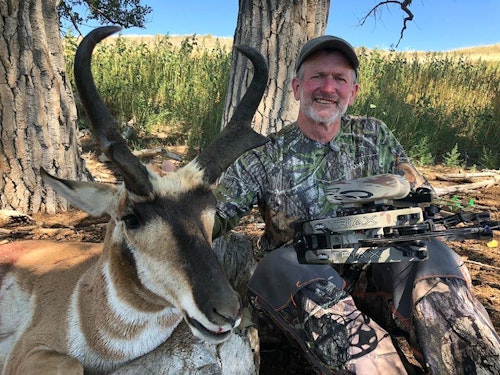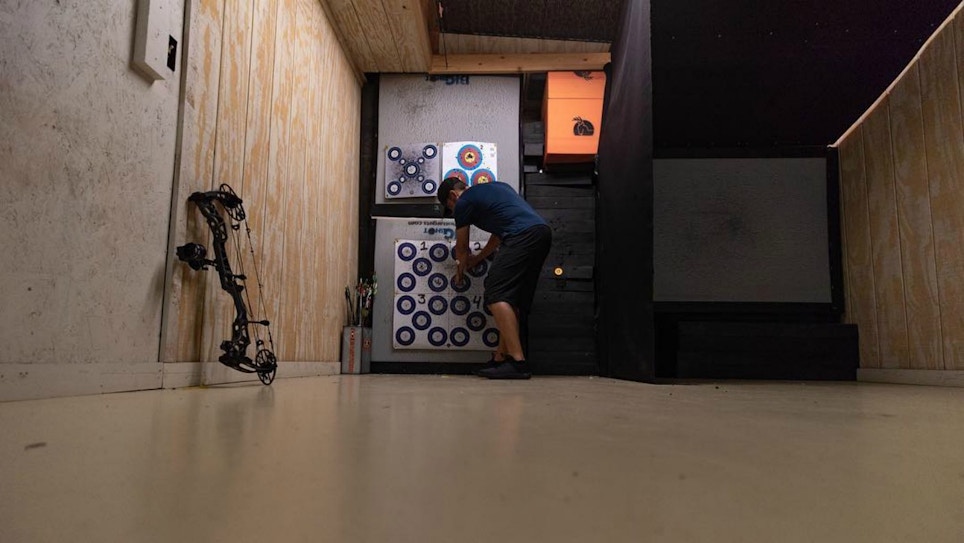I am a big sports fan. Back in the early 1970s, I played some small college ball. Although, neither the size nor the talent was ever there for me to move beyond that level, I loved every minute of it. Today, I attend as many high school and college sporting events as time allows and always marvel at the talent on display. While I greatly admire the stars, it’s the grinders — those guys and gals with mid-level talent that have to work twice as hard to make the team — that have my greatest admiration and respect.
I think my parents instilled my admiration for the grinder in me when I was in grade school. Then, when I was a high school student in the late 1960s, Vince Lombardi took over as the coach of the Green Bay Packers. “Perfection is not attainable,” he said, “but if we chase perfection we can catch excellence.” He worked them like dogs, but in the end, they became the dominant football team of the era, and a good many of the men he conveyed that message to were elected to the NFL Hall of Fame. Of course, then there was John Wooden, the legendary basketball coach of the UCLA Bruins, a man whose teams won an unprecedented 10 national titles in 12 seasons from 1964 to 1975, including seven straight from 1967 to 1973. Coach Wooden preached hard work and fundamentals. Something he once said sticks with me to this day, “It’s the little details that are vital. Little things make big things happen.”
As a bowhunter, I believe we have a deep moral obligation to do everything we can to kill animals as cleanly and humanely as possible. Taking a life is not a game; it’s serious business and frankly, too many who take to the woods have not taken the words of Coach Lombardi and Coach Wooden to heart. This is especially true when it comes to becoming the best shot they can be.

Becoming a good bow shot is not something you’re born with, and it doesn’t happen overnight. It takes long hours to both familiarize oneself with their bow, as well as a lifetime of constant and consistent practice to become a skilled shot. Then it takes countless hours spent in the woods, hunting and subsequently shooting animals under a wide variety of field conditions, before a person can truly be called an “expert.” It’s hard work and dedication and attention to detail that make all the difference.
I’ve learned a routine that works for me. When I get a new bow, I meticulously work with a pro shop buddy to set it up so that everything is just right for me before I ever shoot an arrow. Then I spend a lot of time paper tuning. Even if I shoot a bullet hole with the first arrow, I shoot a lot more until I am positive everything is just so. As an aside, over the next few months of practice I’ll shoot an arrow or two through paper again, just to make sure nothing’s changed. As Ronald Reagan so famously said, “Trust, but verify.”
Next, I head to the range to both familiarize myself with my new bow and set my sight pins. I find that, for me, setting my pins — I use a seven-pin sight — from 20-80 yards takes several range sessions. I can shoot only so many arrows before fatigue sets in. When I get tired, my shooting form gets sloppy, and all I do at that point is groove bad habits. So, I stop and come back another day.
Once everything is dialed in, I start throwing some field shooting into my practice routine. I shoot from a chair to mimic ground blind and treestand shooting; at steep downhill angles to practice treestand shots; and from my knees, with my body twisted to emulate spot-and-stalk hunting. I set my targets behind screens of brush and limbs so I have to pick little holes to shoot through. I intentionally shoot on windy days to get a feel for how to make a shot when the bow is bouncing in a stiff breeze.
This all paid off last August on a Wyoming spot-and-stalk pronghorn hunt. The crosswind was blowing about 15 mph, and when I stalked within 60 yards of the buck, I could go no further. I had to shoot from my knees, and when I came to full draw, the wind bounced my bow a little. It was a now or never situation, so when my 60-yard pin bobbed over the buck’s chest, I cut the shot, hitting it perfectly (photo above).
After watching this shot, my friend, Scott Denny with Table Mountain Outfitters (www.tablemountainoutfitters.com) said, “You don’t know how nice it is to have a hunter that can make a shot like that. Most guys have enough trouble on calm days from a blind at 30 yards.”

Coach Lombardi said “The only place success comes before work is in the dictionary.” By putting in the work to become the best shot you can be, you respect the sport of bowhunting, the magnificent animals we hunt — and yourself.
What’s your practice routine? How do you get ready to be the best bow shot you can be? Drop me a note at editor@grandviewoutdoors.com; I’d love to hear from you.






